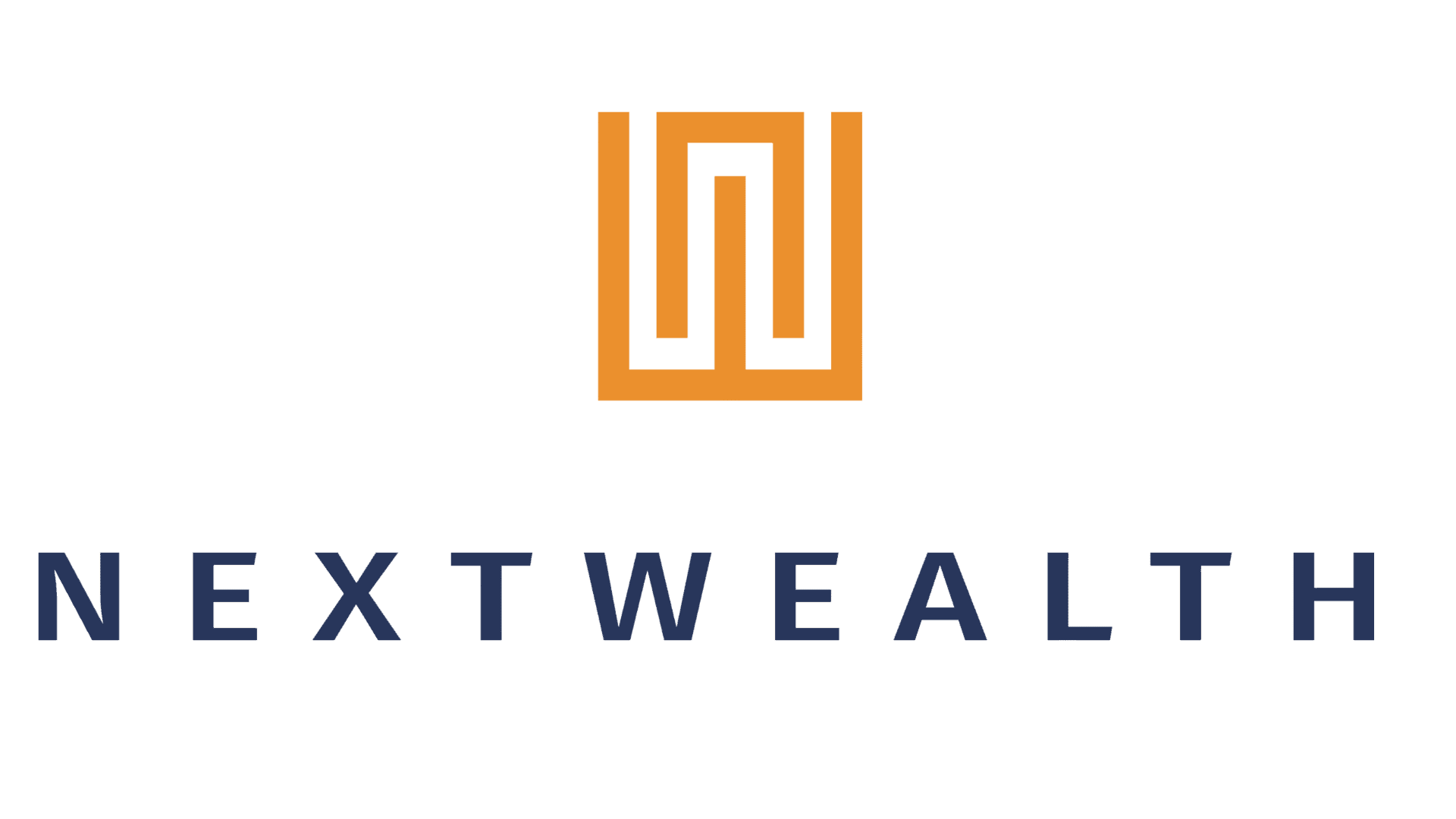Segregated Mandates: Wealth Managers as Manufacturers
By Next Wealth | 29 May 2019 | 3 minute read
This week we published our 2019 update to our report: Wealth Managers as Manufacturers: The Continued Rise of Segregated Mandates in Retail Investment Distribution.
- NextWealth estimates that there are £112bn of assets in wealth manager and DIM segregated mandates.
- There has been 17% growth year-on-year in assets in retail segregated mandates against a backdrop of weak markets in the second half of 2018.
- We predict assets in retail segregated mandates will reach £190bn by the end 2020.
- The winners will be the big asset managers who get pricing, performance and the relationship with wealth managers and discretionary investment managers (DIMs) right. Mid-sized asset managers will increasingly struggle and we expect to see a further wave of M&A among asset managers.
- We also expect the trend to consolidation among advisers to continue through the end of 2019, giving more wealth managers the scale needed to pursue unitising components of client portfolios.
- Growth of mandates is limited by the number of scale players. Only a small number of firms have the scale necessary to oversee mandates.
The insittutionalisation of retail is a trend sweeping across the investment industry. Retail firms are now able to get access to some of the benefits that have long been the preserve of institutional investors – in particular product and pricing. This shift has profound implications for asset managers.
Large wealth managers and vertically integrated financial advice businesses have reached a size and scale that allows them to use their buying power to secure institutional type pricing form asset managers. The rise of segregated mandates in retail is part of a wider trend affecting asset managers, custody providers and financial advisers.
This trend is driven in part by the increasing cost of financial advice. Large financial advice businesses earn less per adviser than small firms. FCA data show that firms with 50 or more advisers earn less per adviser than those with between two and five advisers or those with between six and 50 advisers. The overhead and oversight costs are high for big firms. Some of these larger firms have sought to boost profits by capturing value from other parts of the value chain.
Large vertically integrated wealth managers are able to access investment managers for a fraction of the cost of buying an off-the-shelf OEIC. Most wealth managers take a fee to mange the investments, adding to their profit margins. Other have passed cost savings onto customers. Brewin Dolphin notably passed on all of the cost savings to customers.
Price isn’t the only factor. Use of segregated mandates can also drive efficiency and allows for greater control and oversight over portfolios.
For more information or to buy the report, please get in touch: enquiries@nextwealth.co.uk
Investment Week published an article about our research findings. You can read it here.


